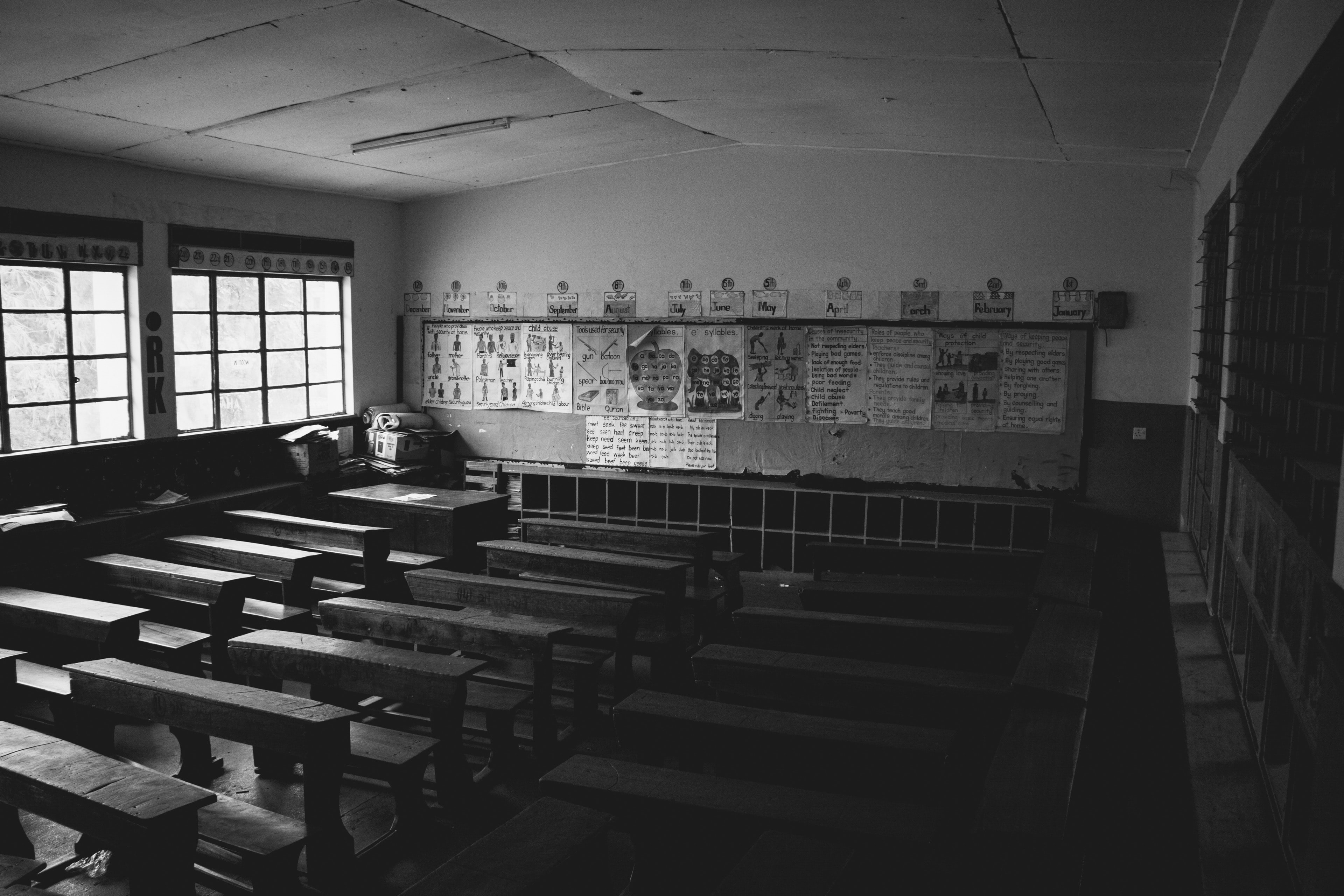My friends and I were eating food during the lunch period at school. When one of my friends came to know that my mother makes cow dung cakes, he said: “Iski Ma gobar waale haathon se khaana banaati hain”, essentially saying that “his food is polluted because her mother cooks with dirty hands”.
My siblings and I studied in the same school. Our father is a peon there. He used to be a Mali (gardener) initially. When my turn to study there came – my two elder siblings had completed school but my two elder sisters were there, they are five to six years older than me – my father had become a peon.
My teachers knew I was a peon’s son and often call me by my father’s name. I was also made the ‘chalk and duster monitor’, something I was initially happy about. But I later realised that my father’s job also required him to handle chalk, dusters, files etc. So I had been given the same ‘responsibilities’ that my father had to discharge. Not only this, the teachers used to ask me to take copies, files etc from the classroom to the staffroom.
Initially, it seemed to me that the teachers liked me and that’s why they assigned these tasks to me. But if they loved me so much then why did they never make me the class monitor?
Schools maintain social hierarchies that deepen social inequalities. My father’s relations with teachers were good, and some teachers used to give him old clothes of their children for free. The clothes used to be a little old, but they looked expensive and were nice. My siblings and I used to select these clothes as per our size and sometimes would fight over a particular bit of clothing. I used to wear some of these clothes at marriage functions as well.
I remember an incident when a programme was organised by upper-caste residents of the residential area where I live. All residents were invited in the programme. First the puja was performed and then everyone gathered for a community lunch.
Also read: ‘I am Tam, But Not Brahm’: My Dalit Experience At BITS, Pilani
As I joined the queue for food, some of us were told by one resident that I should queue-up from the different side. By this time, I had poori-sabzi on my plate, but had not managed to get raita from the other side. This was why I had lined up in this queue meant for the upper-caste residents.
As soon as my turn came to take the raita, the same upper-caste man told me: “You were asked to take the food from the other side.”
The man knew very well that I belonged to the lower caste.
I told him that raita had finished on that side. “You want to take raita? Take it,” he said, as he dipped the cup to the bottom of the vessel and poured it into the bowl I had. Why? That’s because in a raita, the spices settle at the very bottom. More than dahi, I got a whole host of concentrated spices.
My throat started to burn as I drank it, due to which I had to throw it. I had to be very careful when I was putting it in the dustbin because there was continuous surveillance over children from lower caste for wasting food. Some children were even dragged out from the lunch area for the same.
I also remember another experience. When I was around eight or nine, there was a marriage function at a place belonging to the Jat community and we received an invitation. As soon as my siblings and I entered the wedding hall, a woman came to us and asked us our caste, “Whose children are you?”
Because almost everyone knew our grandmother, we said her name. As soon as we did, the woman dragged us out and said, “You have eaten too much, get out from here now.”
Although we had not eaten anything, there was no option for us except to go back home.
Featured image credit: Mwesigwa Joel/Unsplash

